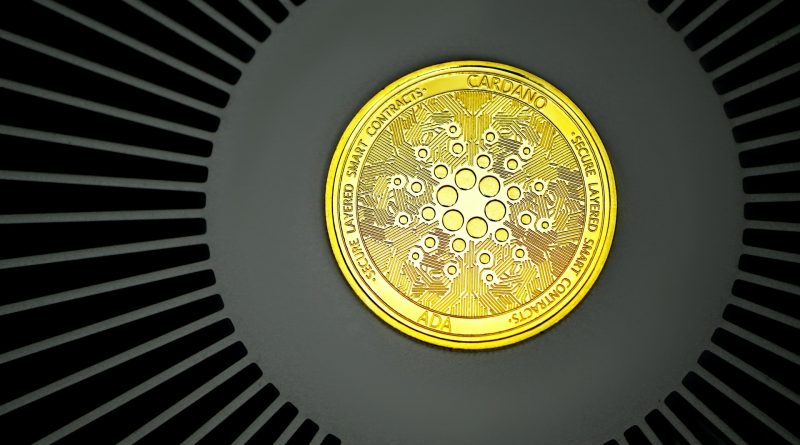Decoding the Cardano Blockchain Architecture
Synopsis
“Since its inception in 2015, Cardano has been in the list of top 10 cryptocurrencies of the world and it has been possible due to its fundamentally strong and researched backed blockchain architecture. The amount of research that has been put into the blockchain architecture is mind boggling and in order to clear our minds we must understand how this powerful blockchain works.”
Cardano: An Introduction
Created by Charles Hoskinson and Jeremy Wood in the year 2015, Cardano is a Proof-of-Stake blockchain platform, first of a kind that is based on peer reviewed research and is developed through evidence based methods. The consensus mechanism that is used by Cardano is Proof-of-Stake (PoS), which is more scalable and more energy efficient than the Proof-of-Work (PoW) mechanism followed by Ethereum and Bitcoin. The native currency of Cardano is ADA and has a current market capitalization of $43 Billion at the time of writing.
Cardano’s Blockchain Architecture
The Core Components
The Cardano blockchain architecture consists of 2 layers:
- The Cardano Settlement Layer (CSL): The Cardano settlement layer acts as a unit of Account and it is the place where ADA holders can receive and send the ADA tokens instantaneously and with a minimum transaction fees.
- The Cardano Computational Layer (CCL): The Cardano Computational Layer forms the backbone of the Cardano architecture as it provides the set of protocols that runs smart contracts, keeps the network secure, and helps in performing the advanced functionality of identity recognition and blacklisting.
The Programming Language
Cardano is an open source blockchain and its code has been written in Haskell, which is universally recognized and is highly secure.
Consensus Mechanism: Ouroboros
Cardano has specially designed their Proof-of-Stake consensus mechanism named Ouroboros. The mechanism helps the users in transferring ADA quickly and securely through the blockchain. It also provides the mechanism of staking and rewards in the form of ADA to the users who stake their ADA in the staking pools. The working process of Ouroboros is as follows:
- Slot Leader Selection: The network randomly selects the slot leaders (nodes) on the network that gets the opportunity for mining new blocks on the network. The random selection is done on the basis of mathematically proven codes.
- Epoch Creation: Ouroboros then splits time into epochs that consists of a number of slots and each slot lasts for a second. Currently a Cardano epoch consists of 432,000 slots that spans over a period of 5 days (1 slot = 1 second).For every slot there will be zero or more slot leaders selected by the network. Each epoch can be further partitioned infinitely.
- Block Creation: Each slot leader has the ability to mine new blocks for their specific epoch or partition of the epoch that it is assigned as a leader for. The leader who is able to mine a new block, his block is added to the blockchain and other’s requests are discarded. The leader who mines the block is rewarded for the block creation in the form of ADA.
Due to the infinite partitioning possibility of each epoch, Cardano is an infinitely scalable blockchain that can concurrently run transactions ensuring high speed transactions.
Disclaimer: The article is just to provide information and shouldn’t be considered as any financial advice. It is advisable to conduct thorough research before investing in any cryptocurrency.
Photo by – Executium on Unsplash

